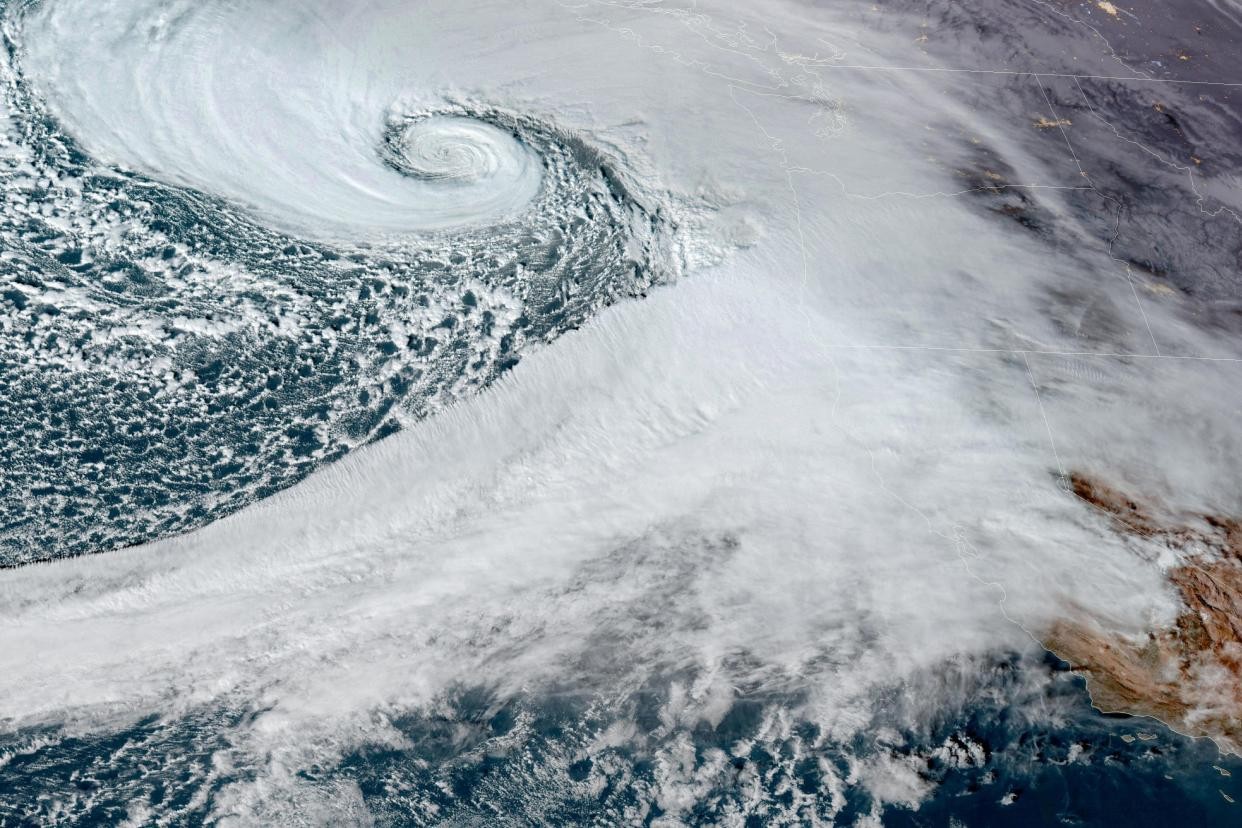
A powerful winter storm system, dubbed a bomb cyclone brings chaos, has been captured in striking satellite imagery as it churns off California's coastline, bringing severe weather conditions to much of the state's northern regions.
The National Weather Service satellite photos show the massive cyclonic formation approaching California, accompanied by an atmospheric river that threatens to dump over a foot of rain across Northern California and southwestern Oregon through Friday.
The storm's intensity has prompted officials to take emergency measures. The California Department of Transportation closed Interstate 5 at the California-Oregon border due to dangerous blizzard conditions. Multiple power outages have been reported throughout Shasta and Siskiyou counties as the storm intensifies.
Weather experts note this system's exceptional strength. According to Weather.com meteorologist Chris Dolce, the storm underwent "bombogenesis" - a phenomenon where pressure drops by 24 millibars or more within 24 hours. This particular system more than doubled that threshold, with pressure plummeting to 942 millibars, matching records from October 2021 as among the lowest recorded in the northeast Pacific region over the past 50 years.
The Mount Shasta area faces particularly severe conditions, with the local Avalanche Center issuing warnings effective through Thursday. While the city of Mount Shasta expects approximately one foot of snow, the mountain itself could see several feet of fresh snowpack. Officials strongly advise against winter recreation activities during this period.
"Excessive amounts of rain and snowfall will create dangerous avalanche conditions in mountainous terrain," warned Sam Clairmont from the avalanche center. Early-season avalanches pose additional risks due to ground-level debris that can cause serious injury even in small slides.
The Northern Sacramento Valley, including Redding, is forecast to receive 8 to 10 inches of rain through Saturday. Emergency services warn of potential flash flooding, rock slides, and debris flows as the atmospheric river continues to impact the region.